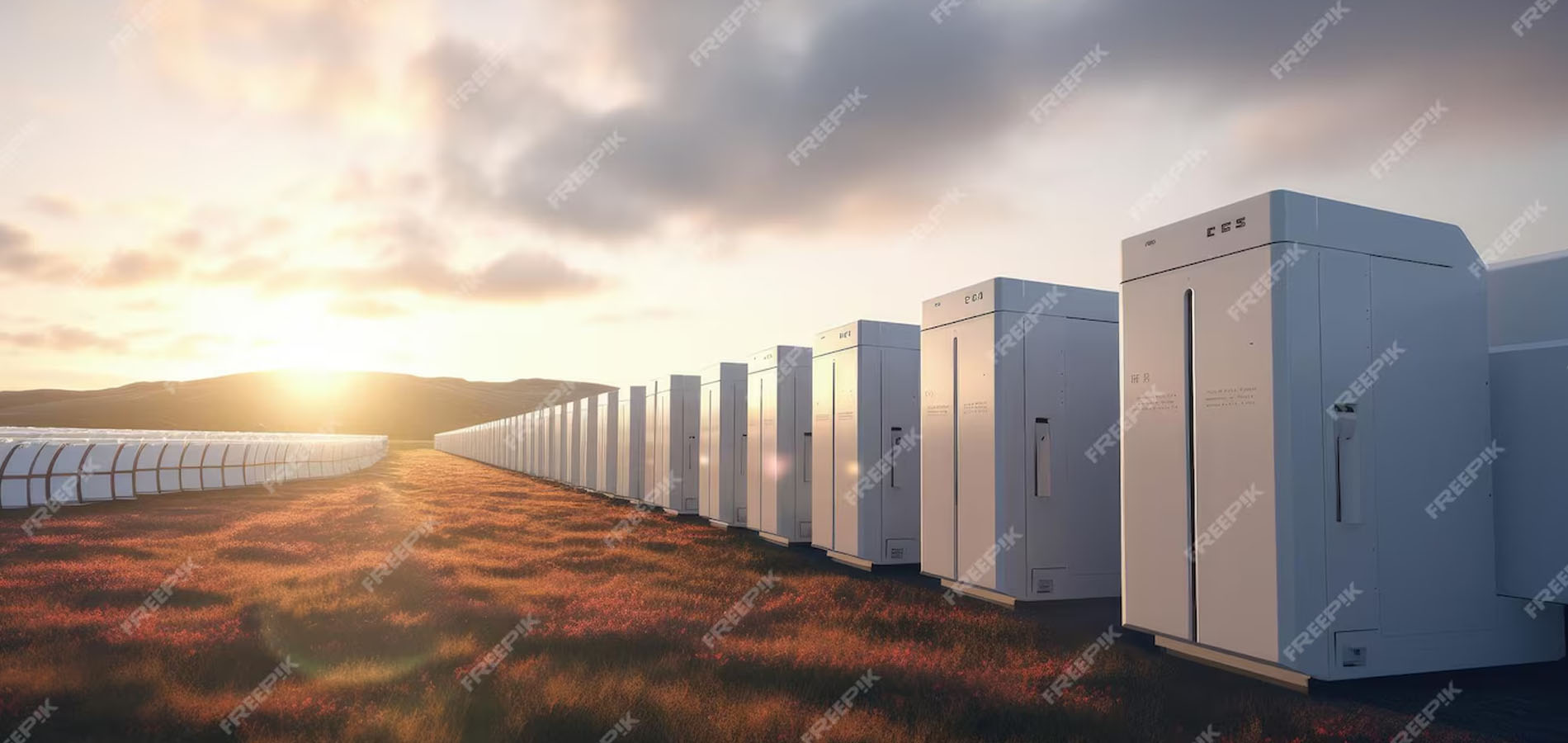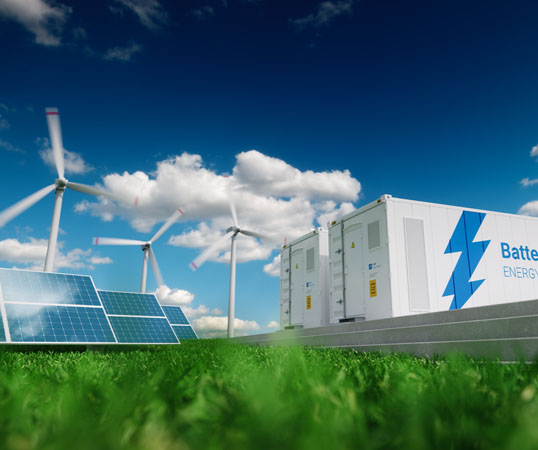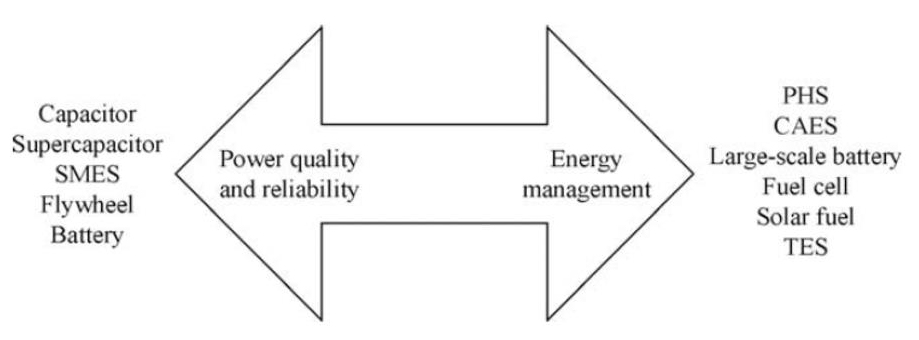
SERVICE
Energy storage
There are a variety of solutions to address energy network pressures (including frequency balance) notably the need for energy storage.

Energy storage schemes play a vital role in stabilizing the frequency of power and ensuring energy security and supply. They provide a solution to address the stresses and challenges faced by the energy network. Energy storage facilities bridge the gap on energy generation and volatility.
By storing excess energy during periods of low demand and releasing it during peak demand, energy storage systems help balance the supply and demand of electricity. This helps stabilize the frequency of power and prevents disruptions in the grid. Energy storage also helps integrate renewable energy sources, such as solar and wind, by storing surplus energy generated during favorable conditions and delivering it when renewable generation is lower or unavailable.
There are two criteria to categorize the various Electrical Energy Storage: function and form. In terms of the function, EES technologies can be categorized into those that are intended firstly for high power ratings with a relatively small energy content making them suitable for power quality or UPS; and those designed for energy management, as shown in figure below. Pumped Hydroelectric Storage (PHS), Compressed Air Energy Storage system (CAES), Thermal Energy Storage system (TES), large-scale batteries, flow batteries, fuel cells, solar fuel, and TES fall intothe category of energy management, whereas capacitors/supercapacitors, Superconducting Magnetic Energy Storage system (SMES), flywheels and batteries are in the category of power quality and reliability. This simple classification glosses over the wide range of technical parameters of energy storage devices. For example, several flywheel manufacturers are developing flywheels with higher energy to power ratios, and advanced batteries often show good characteristics for pulse power.

We are here to provide the business case on storage investment schemes into new and existing sites, either as a standalone, co-locations or as an integrated. This provides greater value and impact to behind-the-meter schemes, especially in encouraging the development and use of micro-grids.